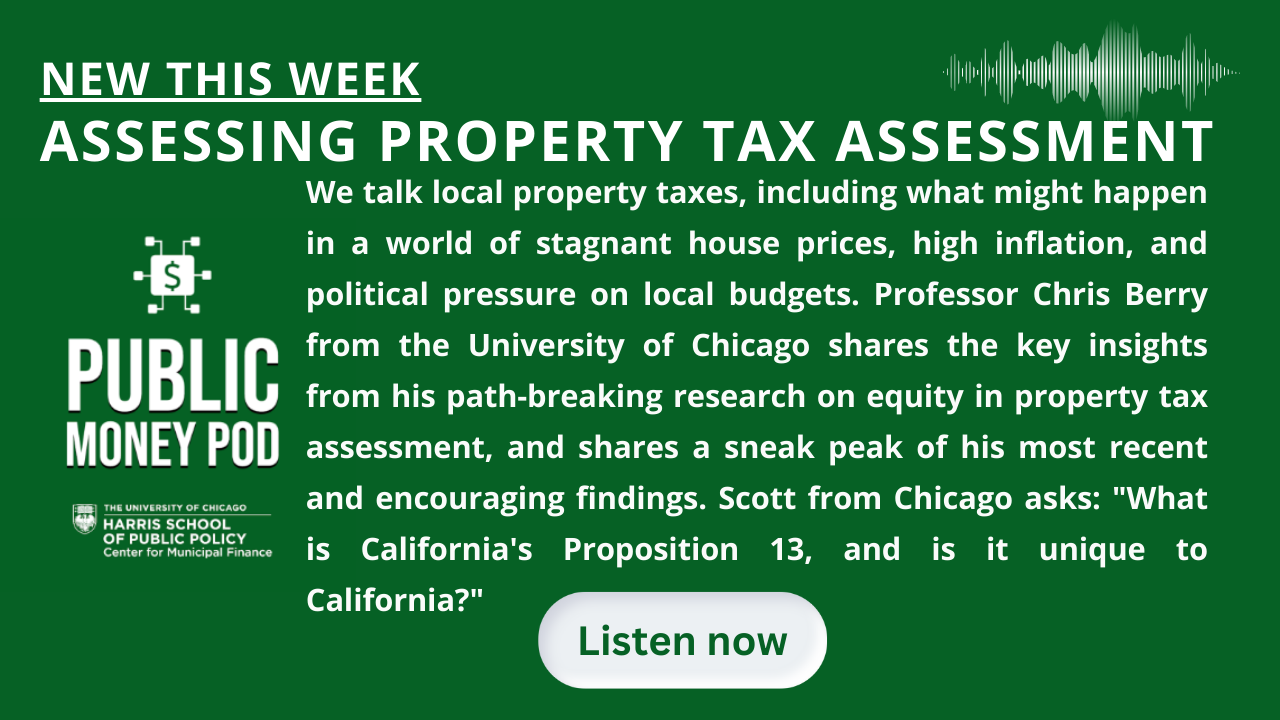Getting real about muni market climate disclosure

Happy Finance Friday and if you’re anything like me, your week has been dominated by post-election coverage and you need a break from national and local politics. (If your week has been dominated by COP27 news, sorry—you’ll have to go elsewhere for a breather.) This week’s newsletter and the next few will be based on the big themes I came away with after attending the University of Chicago’s Center for Municipal Finance’s conference addressing the intersection of climate risk and opportunities for the municipal industry.
This newsletter will be on the first theme: Pricing climate vulnerability in the municipal market. The next two will cover:
Minding the net zero gap, and
The inequities of adapting to or defending against climate risk.
Who will police climate risk disclosure in munis?
The notion that some regions and localities are more vulnerable to the impacts from climate change is well-established but municipal issuers still are not specifically required to address that risk in their financial disclosures related to their bond issuances. But as the corporate world has been made to disclose information about their climate impact, there’s been increasing pressure on municipal market participants to do the same.
There are two main problems standing in the way of this push. One, the muni market is a tough place to issue broad mandates because it’s really big (more than 10,000 issuers) and really diverse (utilities, school districts, small towns, large cities, special districts, etc.).
The other problem is more systemic. The municipal market is generally self-policed, meaning it’s up to governments to act in good faith. The Municipal Securities Rulemaking Board does govern the market, but it doesn’t have any enforcement power. Historically, the policing of the muni market has been a job split by investors, credit rating agencies and, occasionally, the SEC.
With climate risk, however, these three quasi-policing agents have yet to apply the stick that would push more governments into better uniformity on climate risk disclosure. That’s why you might have a large issuer disclosing lots of information about climate vulnerability and adaptation while a district in the same coastal region doesn’t mention it at all.
So, when and how will the muni market start pricing in climate risk? One potential scenario is that bondholders could be motivated to take action against a municipality that did not disclose its climate risk and then misses a debt payment after a natural disaster.
But the more likely scenarios are:
A severe downgrade from a credit rating agency as a result of increased costs and fiscal vulnerability due to climate-related risks.
The SEC takes an enforcement action against a municipality for not disclosing material information related to its climate risk.
Both of these scenarios have occurred in reaction to public pension health in the years following the Great Recession. The next two sections will examine both potential paths in more detail and draw comparisons to public pension disclosures.
Downgraded to junk status
Keep reading with a 7-day free trial
Subscribe to Long Story Short to keep reading this post and get 7 days of free access to the full post archives.



